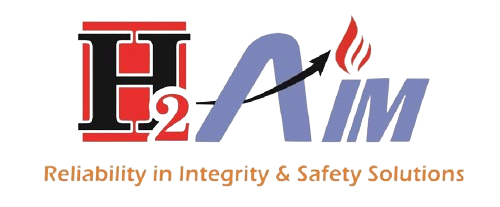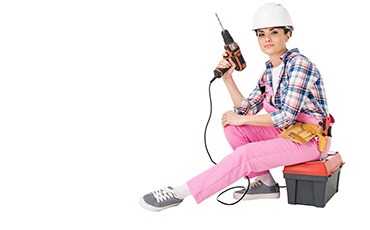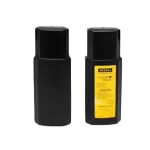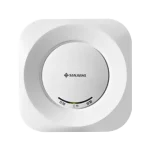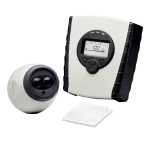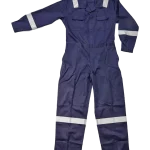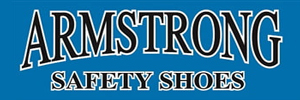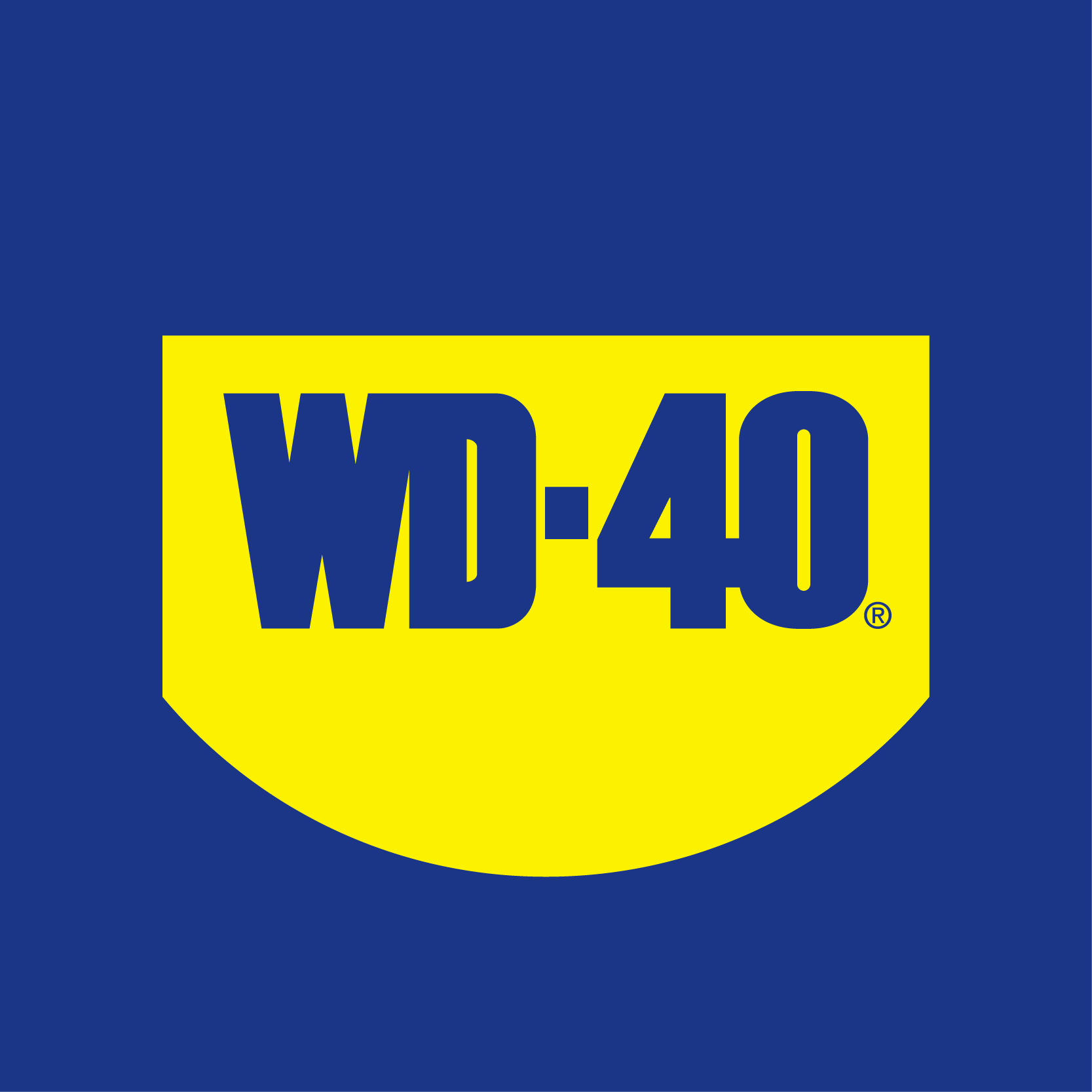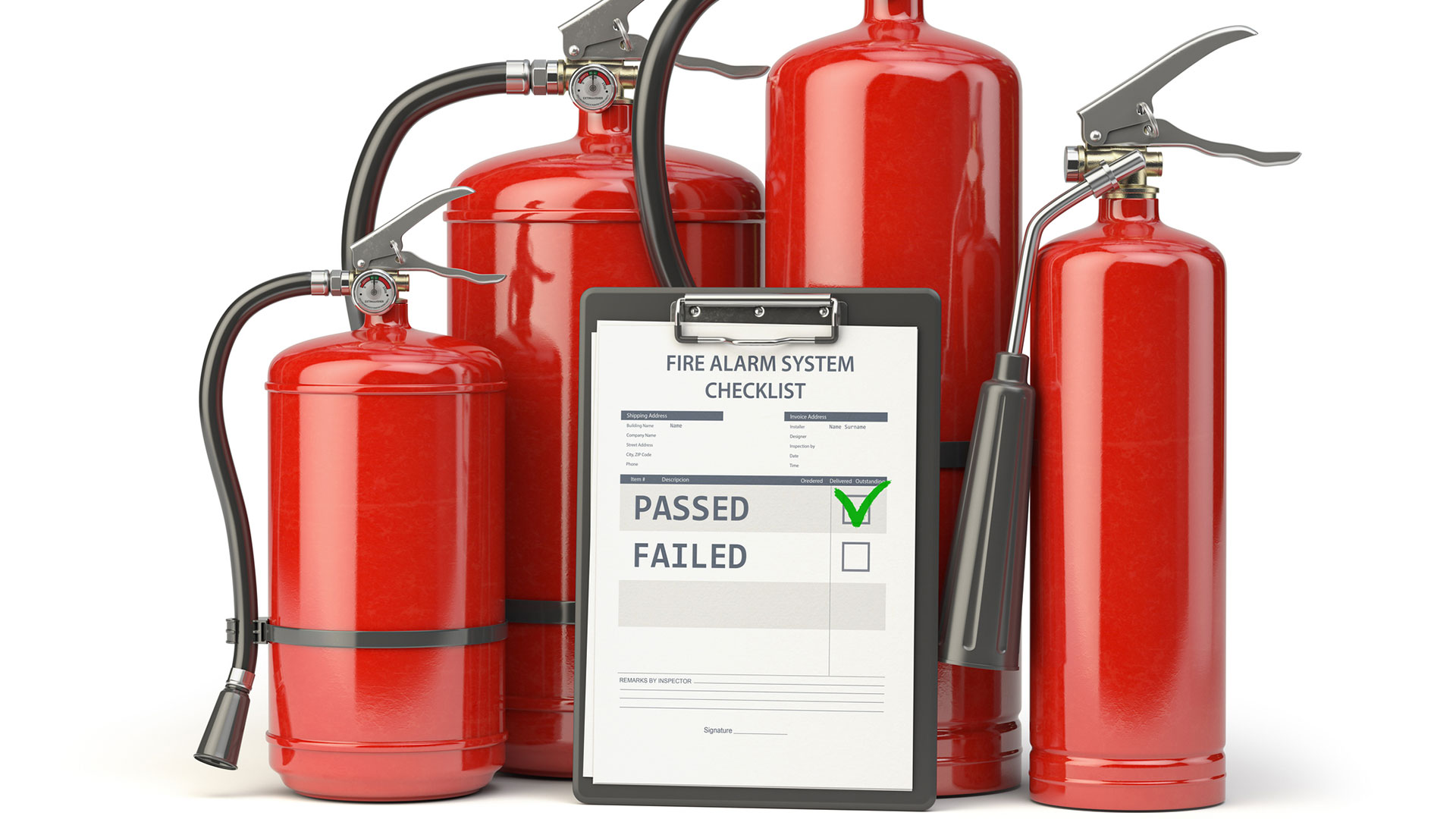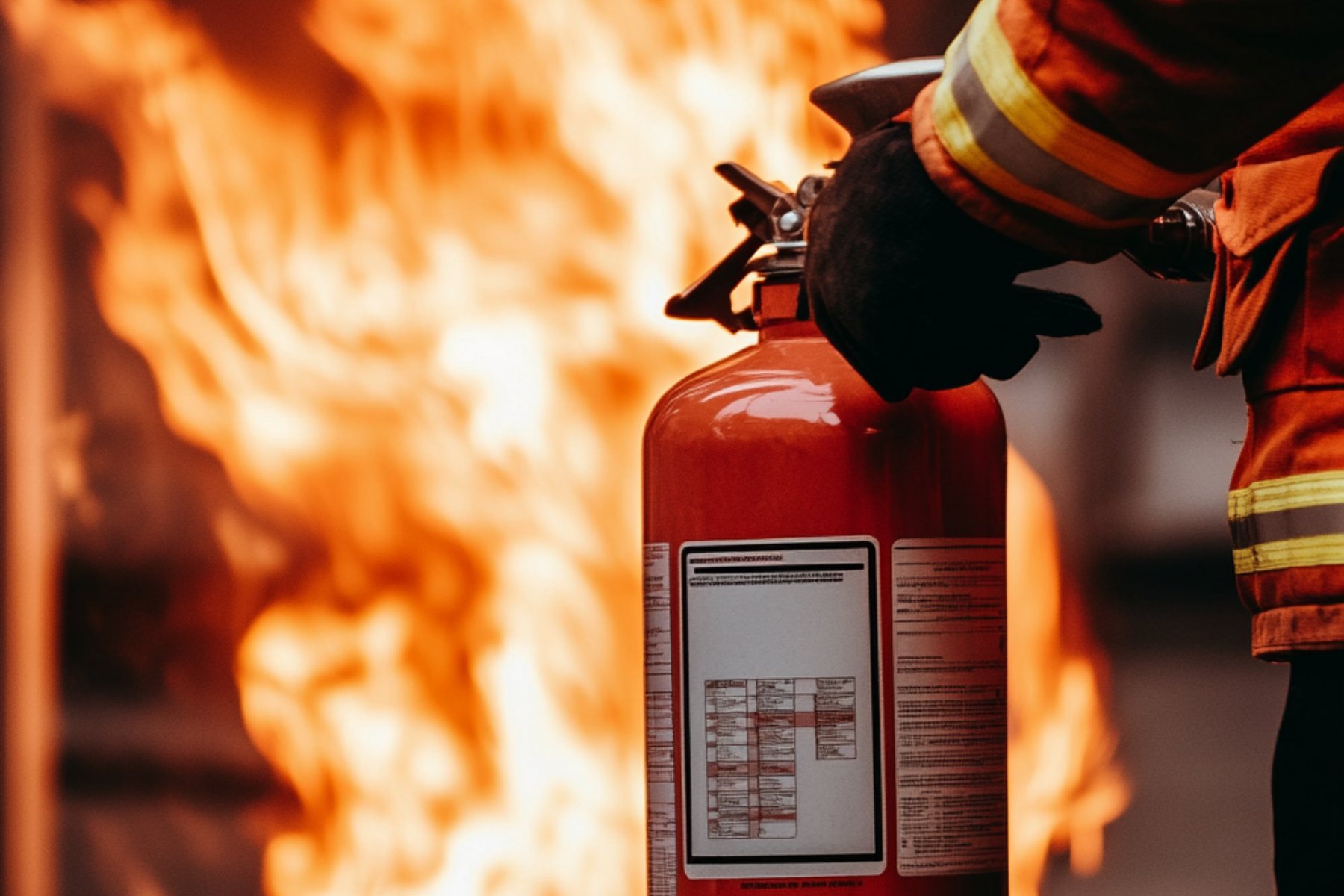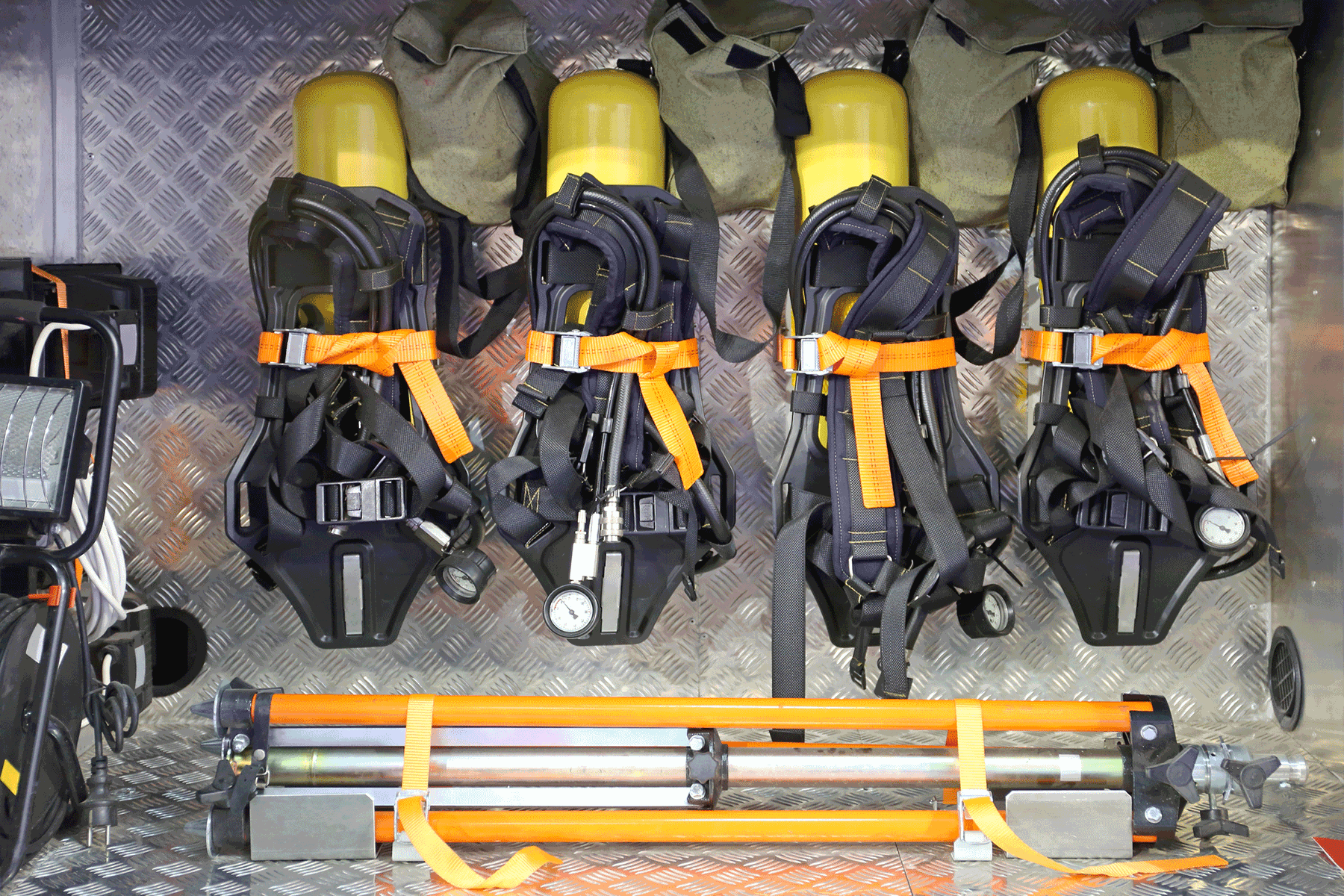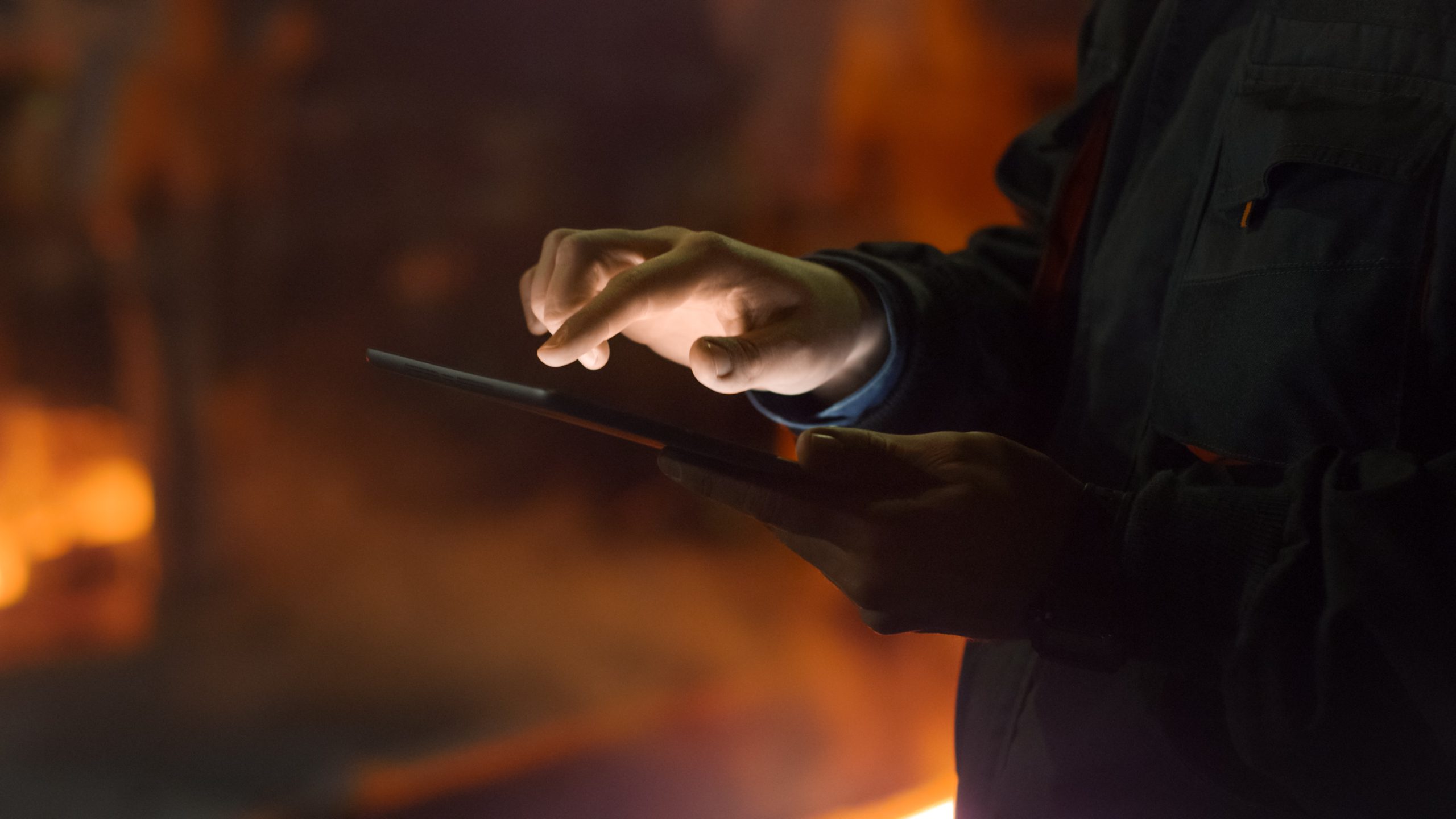Fire Safety Checklist for Schools
It is important to be aware of fire safety in schools and to have a plan in place for these types of emergencies. Safety is a top priority when your kids go to school, and if you are the one in charge of the school, it is your responsibility to ensure the safety of all students and faculty members. Regardless of whether you’re an expert in fire safety, you must know how to prevent fires and what to do should the worst happen.
Fire alarms are a key component of fire safety. They are designed to sound an alarm when a fire is detected and warn occupants about the danger. Every school should have an evacuation plan that includes procedures for dealing with fires. It should be clear who is responsible for what during a fire emergency, including who is responsible for activating the fire alarm, evacuating students, and alerting parents and other authorities. It’s difficult to keep up with the latest guidelines because fire regulations are constantly changing and are based on your local area. That is why it is beneficial to have a general checklist accordingly.
School Fire Safety Checklist
A school fire safety checklist is a list of things that one needs to do to make sure the school is safe from fire. A fire safety checklist for schools will help one to identify all the possible risks and take actions to address them. It will also help to identify what needs more attention and what kind of training is needed for the designated staff.
What to Include on a School Fire Safety Checklist?
A school fire safety checklist is a list of items that are required to be present on the school premises in case of a fire. These items can vary depending on the type of building and the age group it caters to.
The following are some of the things that can be included on a school fire safety checklist:
- Smoke detectors
- Fire extinguishers
- Emergency exit signs
- Fire alarm system
The following are dominant considerations for a fire safety checklist:
- Clear all exits and staircases. If there is an emergency, all individuals must be able to escape the building safely, so make sure that all the exits and staircases are clear.
- Paper can catch fire very quickly. Try to tape paper and artwork as little as possible to the walls.
- Follow local regulations when conducting regular fire safety drills.
- Make sure you have a solid plan in place for evacuation.
- For large group gatherings, such as assemblies and dances, make sure you have a special evacuation plan in place.
- Keep the building well-lit and install other safeguards to prevent intentional fires.
- Establish procedures for storing chemicals and flammable materials. An established procedure for storing chemicals and flammable materials should be integrated.
- Make sure to provide special guidance for chemistry labs. Many schools contain flammable liquids in their chemistry labs.
- Accessibility and location of fire safety equipment are very critical: Ensure the right equipment is available and in good working condition.
- Make sure the school’s emergency lights are operational.
- Ensure your school has all the necessary fire safety inspections in place.
Evaluate the school fire drill
Fire drills at the school should be reviewed regularly to make sure everyone knows what to do when the fire alarm goes off. While evaluating the fire drill it may not be a complicated process but always, must be regular, accurate, and consistent.
To conclude, a comprehensive school fire safety checklist can save lives. It can be used by students, teachers, and parents alike to ensure that they are following all the necessary steps to stay safe in case of a fire. Due to the fast-changing nature of fire regulations, as well as the fact that they depend on your location, it can be challenging to keep up with the latest guidelines. That’s why it’s equally essential to develop an overall checklist; however, it’s more effective to enlist the help of a fire safety professional to go through the process.
